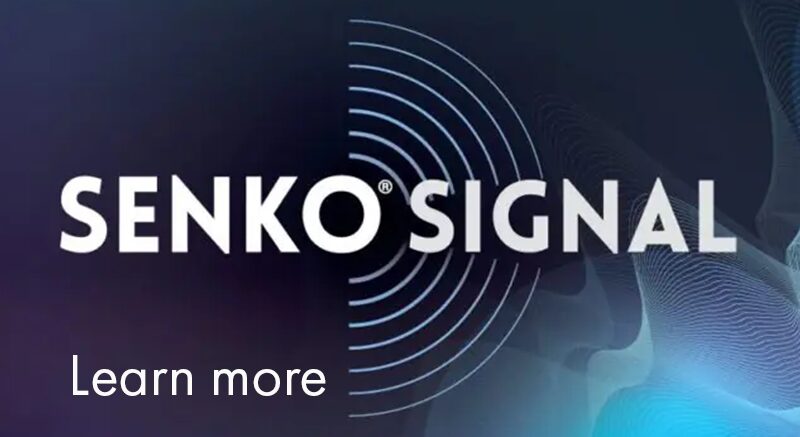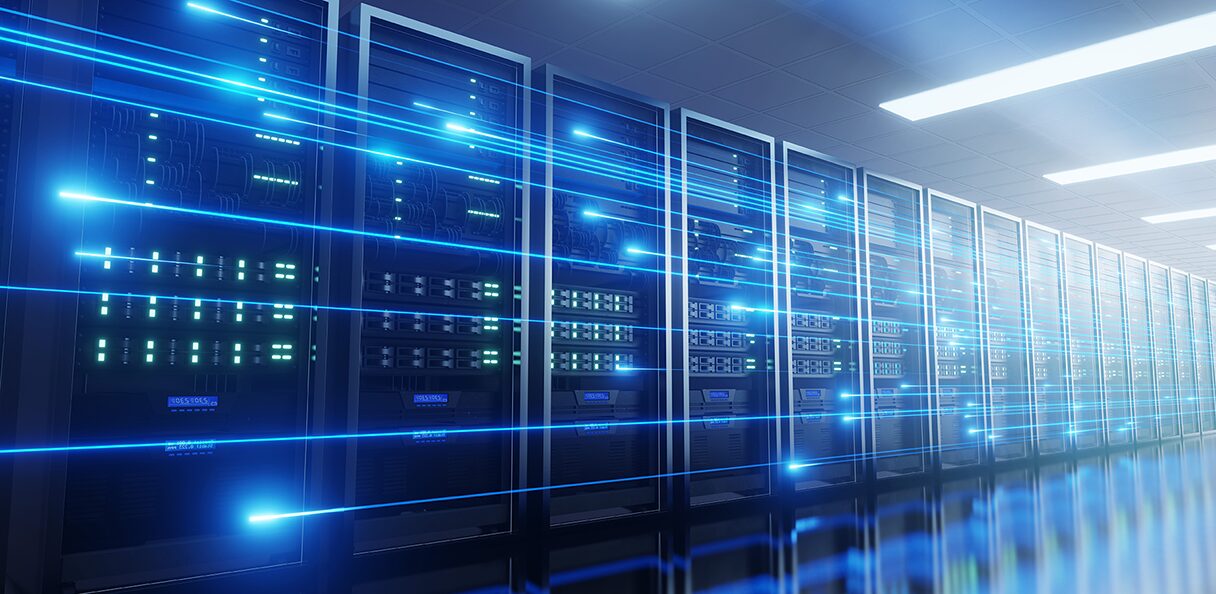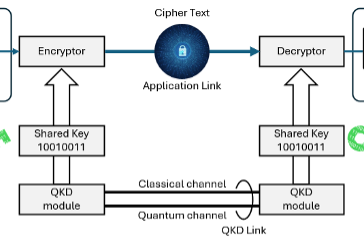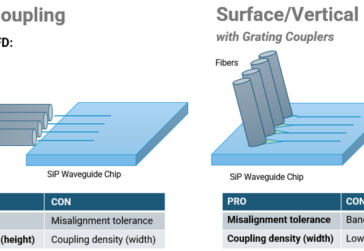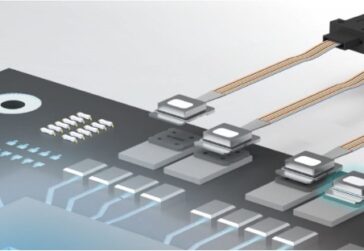Basics of Data Center Cabling Terminology
The rapid growth of data-driven businesses has pushed data centers to evolve in sophistication and scale. A critical component of these facilities is the optical fiber cabling infrastructure, which ensures reliable and high-speed connectivity across networks and devices. This article discusses the core components of a data center cabling configuration, focusing on the meet-me room (MMR), horizontal cabling, cross-connects, and equipment rooms.
- Meet-Me Room (MMR)
The meet-me room is the entry point for outside carriers or service providers into the data center. It serves as a neutral interconnection point where multiple networks can connect and exchange traffic. The MMR enables third-party vendors, carriers, and cloud providers to link their infrastructure to the data center’s internal network through dedicated fiber-optic connections.
Many data centers have two or more MMRs for network diversity. Data centers with multiple MMRs can offer greater redundancy, as customers can set up connections with more than one carrier for failover purposes. In case of a network failure with one carrier, another connection can take over, ensuring uninterrupted connectivity. It also allows data center clients to easily switch between or combine the services of different providers to optimize costs and performance.
- Backbone Cabling
Data center backbone cabling links the Main Distribution Area (where core routers, switches, and other primary networking devices are located) to distribution areas on different floors, rooms, or sections of the data center. It essentially creates a high-capacity network backbone that interconnects these key areas.
Backbone cabling typically spans long distances, connecting different distribution areas within or even between buildings. Horizontal cabling, on the other hand, connects local devices within the same area, usually covering distances up to 100 meters. It requires higher bandwidth capacity to handle data traffic from multiple distribution areas, while horizontal cabling supports data traffic within individual areas or between access switches and end devices.
- Horizontal Cabling
Horizontal cabling connects the MMR or main distribution area (MDA) to various access points and cross-connects across the data center. It includes cables running horizontally to different equipment or server racks. Horizontal cabling is typically organized in structured pathways (e.g., cable trays or conduits) to prevent clutter and minimize interference. Structured organization makes it easier to identify, manage, and maintain cables, reducing potential points of failure and making it easier to perform upgrades or repairs.
Horizontal cabling primarily connects local areas within the data center, while backbone cabling links major distribution areas, such as connecting multiple floors or rooms within the data center.
- Cross-Connect
A cross-connect in a data center serves as an essential intermediate point where optical cables are interchanged and routed, providing flexibility in network configuration. These cross-connects are typically positioned within distribution areas, facilitating the efficient and organized linking of the main distribution frame (MDF) to various equipment rooms or specific devices.
Cross connects are usually patch panels or cabinets with patch panels and trunk cables connected to various parts of the data center. The link between the different areas and equipment can be established by using patch cords.
By housing cross-connects in dedicated panels or cabinets and employing patch panels and jumpers, data centers can efficiently manage connection changes, ensuring optimal network performance and adaptability.
- Equipment Room (ER)
The equipment room is a central hub in a data center, housing critical hardware such as routers, switches, and servers that manage and process data. This room serves as the convergence point for horizontal cabling, cross-connects, and backbone cabling, enabling efficient data distribution.
Key considerations for an equipment room include climate control such as hot and cold isles, rack access control system and efficient rack layout for future expansions and rack access. In addition, equipment rooms are often fitted with UPS systems, backup generators, and redundant network pathways to ensure that devices remain operational during power interruptions
Conclusion
The data center’s optical fiber cabling configuration — from meet-me rooms to equipment rooms — plays a critical role in maintaining connectivity, speed, and reliability. An optimized cabling infrastructure with well-planned MMRs, backbone cabling, horizontal cabling, cross-connects, and equipment rooms contributes to a scalable, high-performance network that can handle the data needs of modern enterprises. Careful planning and adherence to industry standards can maximize performance and help future-proof data centers as they expand to accommodate increasing data volumes and new technologies.
